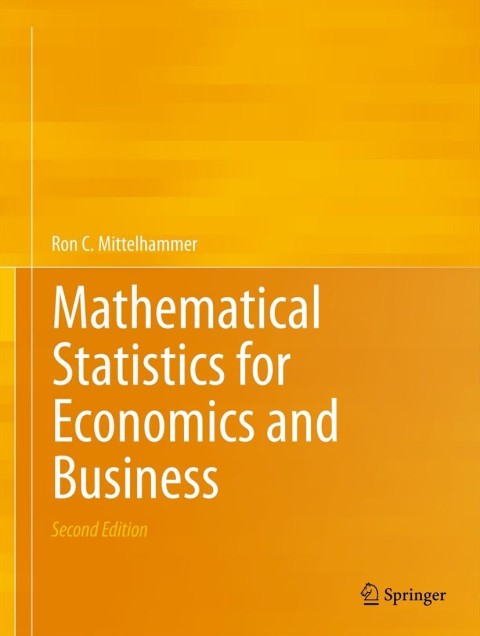A large food processor operates three processing plants on the west coast. The plants, labeled 1,2, and
Question:
A large food processor operates three processing plants on the west coast. The plants, labeled 1,2, and 3, differ in size, and produce 20,35, and 45 percent of the food processor's total output of spinach, respectively. Given past history of USDA inspections for sanitation, the probability of a contaminated box of spinach emanating from each of the three plants can be assumed to be \(.0001, .0002\), and .0005 , respectively.
Contamination of the food processor's spinach product with Ecoli was identified in a box of spinach shipped to an east coast grocery store, but the bill of lading has been misplaced on the shipment so that it is not known from which plant the shipment originated from. Let \(A_{i,} i=1,2\), 3 , denote the events that a box of spinach came from plants 1,2, and 3, respectively. Let the event \(C\) denote that a shipment is contaminated, and thus \(\bar{C}\) denotes that a shipment is contamination free.
a. Which plant is the most probable to have produced this contaminated spinach?
b. Which plant is the least probable to have produced this contaminated spinach?
c. What is the probability that the contaminated spinach was produced at one of the two smaller plants?
Step by Step Answer:

Mathematical Statistics For Economics And Business
ISBN: 9781461450221
2nd Edition
Authors: Ron C.Mittelhammer





